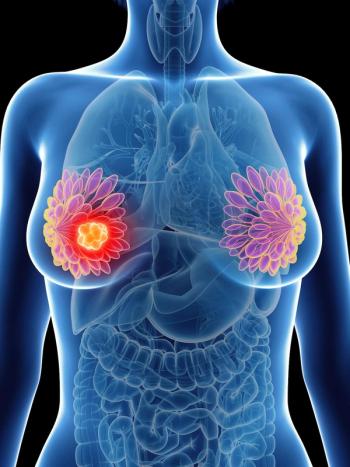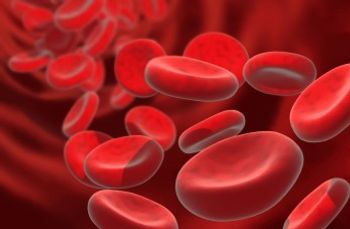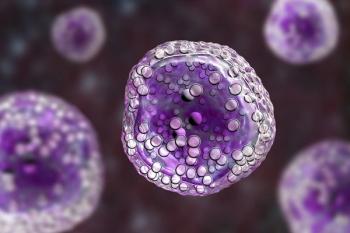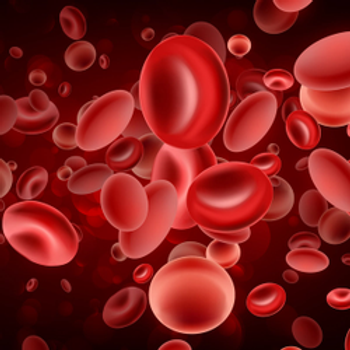
- ONCOLOGY Vol 16 No 6
- Volume 16
- Issue 6
Liquid Pamidronate Disodium Injection Approved
Bedford Laboratories announced that it has received approval from the Food and Drug Administration to market pamidronate disodium for injection. The product will be the only liquid version available on the market, and is equivalent to the Novartis pamidronate disodium product (Aredia), a bone resorption inhibitor indicated for the treatment of hypercalcemia associated with malignancy, for Paget’s disease, and for osteolytic bone metastases of breast cancer and osteolytic lesions of multiple myeloma.
Bedford Laboratories announced that ithas received approval from the Food and Drug Administration to marketpamidronate disodium for injection. The product will be the only liquid versionavailable on the market, and is equivalent to the Novartis pamidronate disodiumproduct (Aredia), a bone resorption inhibitor indicated for the treatment ofhypercalcemia associated with malignancy, for Paget’s disease, and forosteolytic bone metastases of breast cancer and osteolytic lesions of multiplemyeloma.
"We expect hospitals to appreciate the added convenienceof our presentation, which is a solution, compared to Aredia, which requiresreconstitution," said Tom Murphy, a general manager at BedfordLaboratories. "Although a solution, it is entirely equivalent in functionto Arediajust easier to use."
Pamidronate disodium injection will be supplied in twopresentations, a 30 mg/10 mL vial and a 90 mg/10 mL vial.
Articles in this issue
over 23 years ago
Cutting-Edge PET/CT Scanner Is Clinically Operationalover 23 years ago
Textbook of Lung Cancerover 23 years ago
Screening Agent Helps Detect Prostate Cancer Recurrence Earlierover 23 years ago
Oncology Care Included in Medicare Disease Management Demonstrationsover 23 years ago
Medical Liability Reform Resurrectedover 23 years ago
InTouch Indexed in Medline and Index MedicusNewsletter
Stay up to date on recent advances in the multidisciplinary approach to cancer.


















































































